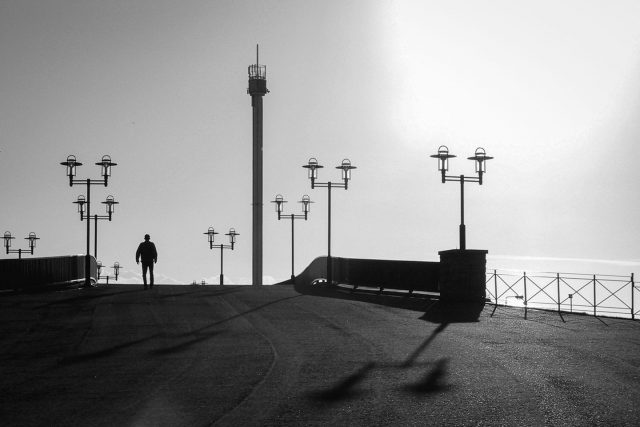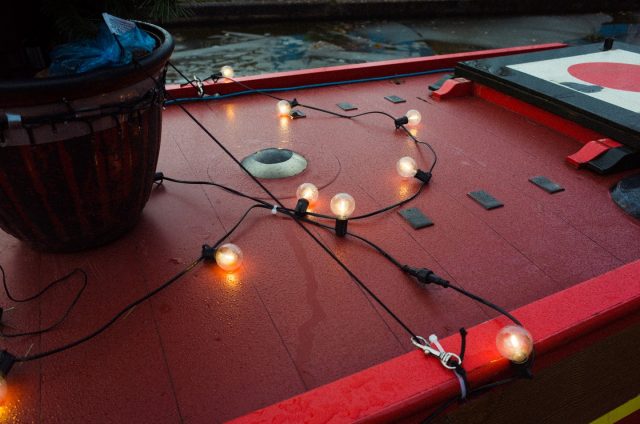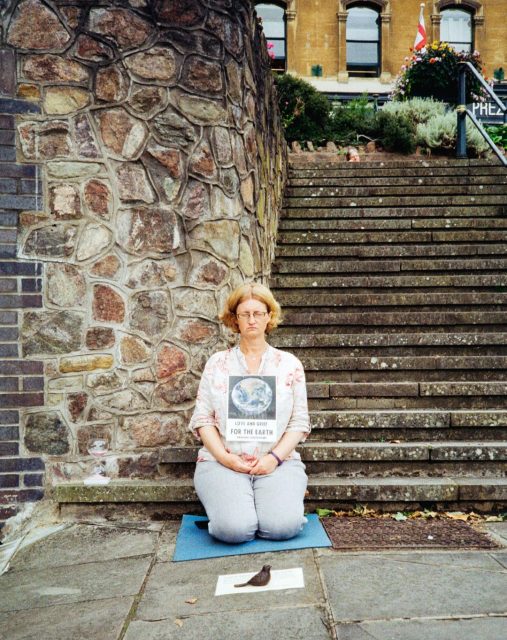How to Take Mundane Photos Like William Eggleston
William Eggleston is an American photographer famous for pioneering colour photography in fine art. His photographs often depict everyday subjects, such as parking lots, gas stations, and supermarkets, which may seem mundane or aesthetically boring at first glance. However, his masterful use of colour and composition imbues these scenes with a sense of beauty and significance. Eggleston’s work has inspired me to see the world in a new light and appreciate “Who We Are” and the beauty in even the most ordinary places. This blog post provides tips to help you take mundane photos like William Eggleston.



Eggleston’s Images Challenge Viewers to See the World Differently
William Eggleston is renowned for his pioneering work in colour photography, particularly his depictions of everyday scenes in the American South (although Saul Leiter shot in colour years before William Eggleston). His photographs often capture mundane subjects—such as signage, street scenes, and ordinary objects—in a way that elevates them to art. Bold colours, strong contrasts, nuanced lighting, and acute attention to detail characterise the work of Eggleston. Plus, he has a knack for finding beauty in the seemingly banal, transforming ordinary moments into compelling visual narratives. In short, Eggleston’s practice has profoundly influenced the world of photography, challenging traditional notions of subject matter and paving the way for the acceptance of colour photography as a legitimate art form.


William Eggleston: A Democratic Photographer
His approach to picture-taking is often described as democratic in that he treats all subjects equally, regardless of their perceived importance or significance. His photos celebrate people, places and things that typically go unnoticed. Yet, his use of colour and composition highlights their importance. Let’s explore how you can see the world differently and take photos of ordinary, everyday subjects like Eggleston.

Tips for Taking Mundane Photos Like William Eggleston
To capture photos reminiscent of William Eggleston’s style, you can follow these tips:
- Focus on Everyday Scenes: Eggleston had a talent for finding beauty in the ordinary. So, look for scenes and objects that might seem mundane at first glance but have a visual interest when captured through your lens. Moreover, human interactions are not always the central focus of Eggleston’s work. Likewise, take photos that feature landscapes, interiors, and objects devoid of human presence. But if people do appear, portray them candidly and unposed so they blend seamlessly into the scene.
- Experiment with Colour: Eggleston’s use of colour is one of the defining features of his work. His photos often feature primary colours. So, experiment with bold, saturated colours. Look for everyday scenes and ordinary objects with interesting colour contrasts or vibrant hues that catch the eye, adding depth and dimension to your photos.
- Play with Composition: Eggleston often used unconventional compositions to create visually striking images. Similarly, experiment with different angles, perspectives, and symmetry to capture photos reminiscent of William Eggleston’s style. And don’t be afraid to break the rules and try new things!
- Capture Atmosphere and Mood: Eggleston’s photographs often evoke a sense of atmosphere and mood. He sometimes explored the interplay between light and shadow. So, play with different lighting conditions, including natural sunlight and artificial light sources, to create dramatic photos. Remember, Eggleston often used light to enhance the vibrancy of colours in his images.
- Embrace Imperfection: Eggleston’s work has a raw, unfiltered quality. Thus, embrace imperfections in your photo, such as lens flare, grain, or blur, as they can add character and authenticity to your work.


By focusing on everyday scenes, experimenting with composition and colour, and embracing imperfection, you can create photographs that evoke the spirit of William Eggleston’s work and capture the beauty of the mundane. Moreover, embrace simplicity and experiment with different techniques to create your unique style. Have fun!
Examples of Mundane Photos Like William Eggleston Would Take!
I took the photos below to pay tribute to Eggleston’s approach to picture-taking and his ability to find beauty in the ordinary. Enjoy!













P.S. You can view examples of Eggleston’s work on Artsy’s William Eggleston page.
Like this article titled: “Take Mundane Photos Like William Eggleston?” Then spread the word!

























